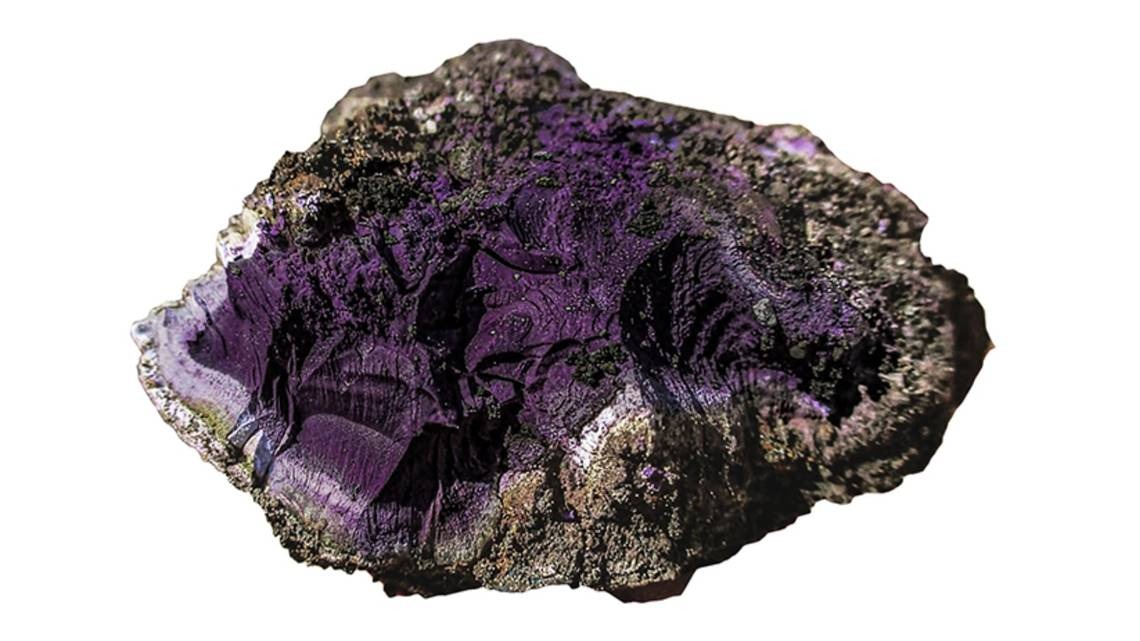The devastating scale of wildfires in Canada boils down to one startling number: According to recently released government data, The fires have already consumed more than 10 million hectares this year. This unprecedented disaster in the country’s history threatens to get worse as the fires continue to rage.
Since January, a total of 4088 Forest fires all over the country. As of Saturday July 15th, they were still active 906 fires, of which 570 were considered out of control. These figures, provided by the Canadian Interagency Wildfire Center, far exceed the previous record for area burned, which dated back to 1989 at 7.3 million hectares.
To get an idea of the scale, the forests destroyed in just six and a half months are roughly the size of Portugal or all of Iceland.
“This year’s numbers exceed our worst-case scenarios,” Yann Boulanger, a researcher at Canada’s Ministry of Natural Resources, told AFP. He noted with concern that since the beginning of May there has been no relief and that everything is ready for the situation to worsen further. This bushfire specialist sums up the current situation as “quite worrying” and warns that 2023 will leave an indelible mark.
In addition, the size and number of fires exceeded the intervention capacity of the authorities, who had to let most of them burn without being able to control their progress.
The boreal forest is the main protagonist of this devastation, with far-reaching consequences for the environment. This ring of green that encircles the Arctic region, which includes regions in Canada, Alaska, Siberia and northern Europe, plays a vital role in the future of the planet.
A special aspect of this boreal forest is that it can release between 10 and 20 times more carbon per unit area burned than other ecosystems. This emission of greenhouse gases contributes to global warming, thus creating a vicious cycle that exacerbates the problem.
Quebec, the province hardest hit by the fires
In contrast to the west of the country, Quebec He was not used to dealing with huge fires. However, this season was exceptionally devastating, with More than 4.4 million hectares have burned. Like the rest of Canada, northern Quebec experiences a severe drought, with months of much lower-than-average precipitation and sweltering temperatures. The situation gets worse as the fires get closer to the municipalities.
“The fire we are fighting is 65 kilometers long, which poses enormous logistical challenges,” Colonel Philippe Sansa, who leads a team of 120 French firefighters deployed in northern Quebec, told AFP. In addition, infrared cameras and drones are being used to detect hot spots, showing the complexity of the process.
The Société de protection des forêts contre le feu (SOPFEU) of Quebec has requested international assistance, as local resources are insufficient to cope with the scale of the fires. “We need international help because of our limited resources in Quebec,” explained Stéphane Caron, a spokesperson for SOPFEU.
In western Canada, the province of British Columbia has also appealed for international help due to the seriousness of the fires. Sarah Budd, a fire service representative for this Pacific Coast county, notes that a respite is not expected from a meteorological standpoint, as the weather is expected to remain hot and dry in the coming months.
Since the beginning of July, the situation in Canada has taken a dramatic turn, with more than 250 fires were declared in just three days last week, which are mostly caused by lightning. Caron fears this is just a harbinger of things to come, as experts say climate change is increasing the frequency and intensity of fires in boreal forests.
About 50% of fires in Canada are caused by lightning strikes. As the climate continues to change, the prevalence of this type of phenomenon is expected to increase. Compared to the 1980s, the area burned by lightning fires has doubled.
With Agence France-Presse




:quality(85)/cloudfront-us-east-1.images.arcpublishing.com/infobae/O22ALUE2DJEMDHYS3VKRGYEMUQ.jpg)
